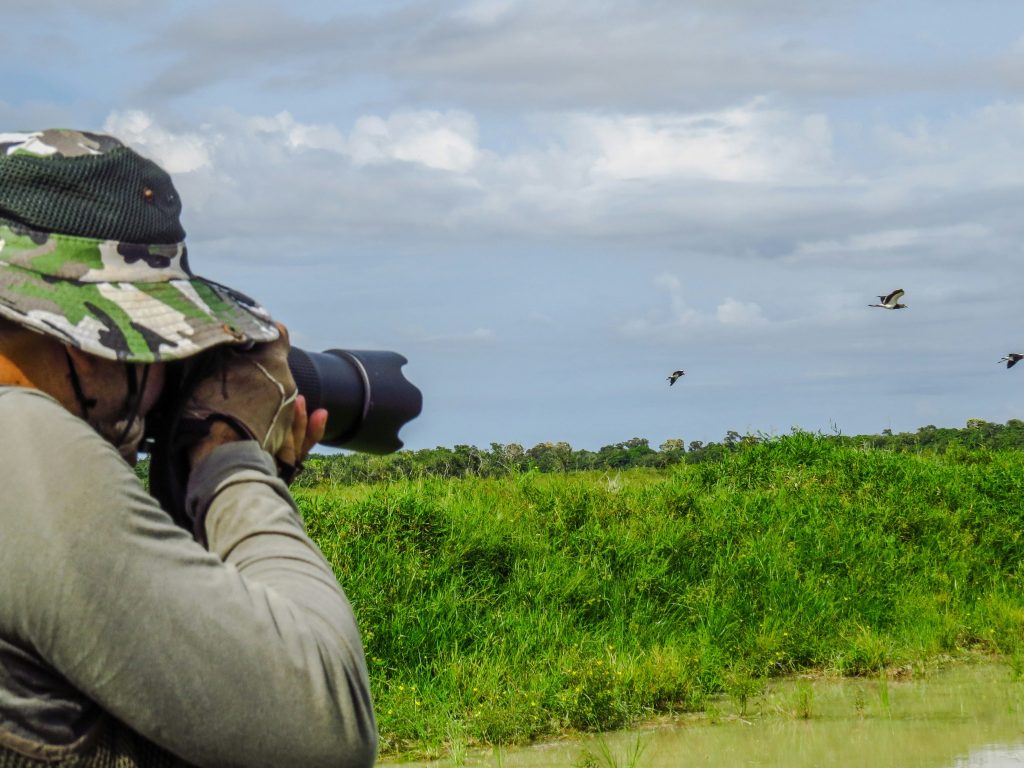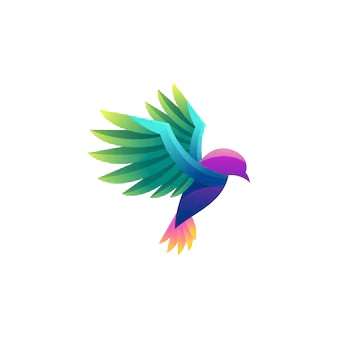
Birdwatching, or birding, is a fascinating and rewarding hobby that connects enthusiasts with nature in a unique way. Whether you are a seasoned birder or a curious beginner, this comprehensive guide will introduce you to the world of birdwatching, covering its history, essential equipment, bird identification techniques, top birdwatching destinations, and tips for getting started.
The History of Birdwatching
Birdwatching has a rich history, dating back centuries. In the early days, birds were primarily observed for practical reasons, such as hunting and understanding migration patterns for agricultural purposes. However, the 19th century saw a shift towards a more scientific and recreational interest in birds.
One of the pivotal figures in the history of birdwatching is John James Audubon, a French-American ornithologist and painter. His work, “The Birds of America” (1827-1838), remains a cornerstone of ornithological literature. Audubon’s detailed illustrations and observations inspired many to take an interest in birdwatching.
The hobby gained more popularity in the 20th century with the establishment of birding organizations and societies. The Audubon Society, founded in 1905, and the British Trust for Ornithology, established in 1933, played significant roles in promoting birdwatching as a popular pastime. The advent of binoculars and field guides made birdwatching more accessible, allowing enthusiasts to observe and identify birds more easily.
Essential Equipment for Birdwatching
Birdwatching requires minimal equipment, making it an accessible hobby for people of all ages. However, having the right gear can enhance the experience significantly. Here’s a list of essential birdwatching equipment:
- Binoculars: A good pair of binoculars is crucial for birdwatching. They allow you to observe birds from a distance without disturbing them. When choosing binoculars, consider factors such as magnification (8x or 10x is ideal), field of view, weight, and optical quality.
- Field Guide: A field guide is an indispensable tool for identifying birds. These guides provide detailed descriptions, illustrations, and distribution maps of various bird species. There are also digital field guides available as mobile apps, offering additional features like bird calls and interactive maps.
- Notebook and Pen: Keeping a birdwatching journal helps you record your observations, including the species you’ve seen, their behavior, and the date and location of your sightings. Over time, this journal becomes a valuable resource for tracking patterns and enhancing your birding skills.
- Camera: While not essential, a camera can be a great addition to your birdwatching gear. Photographing birds allows you to document your sightings and share them with others. A camera with a good zoom lens or a smartphone with an attachable zoom lens can suffice for beginners.
- Bird Call App or Device: Apps that play bird calls can be useful for attracting birds or confirming their identity based on the sounds you hear. Some birders also use small devices that mimic bird calls.
- Comfortable Clothing: Dress appropriately for the weather and terrain. Wear neutral-colored clothing to blend in with your surroundings and avoid startling the birds. Sturdy footwear is essential if you plan to explore various habitats.
Bird Identification Techniques
Identifying birds is a skill that improves with practice. Here are some key techniques to help you identify birds more accurately:
- Observe Size and Shape: Note the bird’s overall size and shape. Compare it to common birds you know (e.g., sparrow, crow) to estimate its size. Pay attention to its silhouette, including the shape of its beak, wings, and tail.
- Examine Plumage and Color Patterns: Look at the bird’s plumage, noting colors and patterns. Some birds have distinctive markings, such as wing bars, eye rings, or streaked breasts, which can aid in identification.
- Study Behavior: Observe the bird’s behavior, including how it moves, feeds, and interacts with its environment. For example, woodpeckers are often seen pecking at tree trunks, while swallows exhibit acrobatic flight patterns.
- Listen to Vocalizations: Bird songs and calls are unique to each species. Learning to recognize these sounds can be a powerful identification tool. Use bird call apps or recordings to familiarize yourself with common vocalizations in your area.
- Habitat and Range: Consider the bird’s habitat and geographic range. Some species are habitat-specific, meaning they are found only in particular environments (e.g., wetlands, forests, grasslands). Knowing which birds are likely to be in your area at different times of the year can narrow down your identification possibilities.
- Use Field Guides and Apps: Cross-reference your observations with field guides or birding apps. These resources provide comprehensive information, including illustrations, photos, and maps, to help you confirm your identification.
Top Birdwatching Destinations
Birdwatching can be enjoyed almost anywhere, but some locations are renowned for their exceptional bird diversity and viewing opportunities. Here are a few top birdwatching destinations around the world:
- The Everglades, USA: This unique ecosystem in Florida is home to a vast array of bird species, including wading birds like herons, egrets, and ibises. The Everglades are also a crucial habitat for the endangered snail kite.
- Cape May, USA: Located in New Jersey, Cape May is a renowned birding hotspot, especially during the fall migration. The area’s diverse habitats, including beaches, wetlands, and forests, attract a wide variety of species.
- Kruger National Park, South Africa: This famous wildlife reserve is not only known for its big game but also its impressive birdlife. Over 500 bird species have been recorded here, making it a paradise for birdwatchers.
- Pantanal, Brazil: The Pantanal is the world’s largest tropical wetland and a biodiversity hotspot. Birdwatchers can spot a multitude of species, including the striking hyacinth macaw and the elusive jaguar.
- Rift Valley, Kenya: The Great Rift Valley is a prime birdwatching destination, with its lakes and highlands providing habitat for a myriad of bird species. Lake Nakuru, in particular, is famous for its flamingo populations.
- Iberá Wetlands, Argentina: This lesser-known gem is a haven for birdwatchers, with over 350 species recorded. The Iberá Wetlands offer excellent opportunities to see the jabiru stork, scarlet-headed blackbird, and many more.
Tips for Getting Started in Birdwatching
If you’re new to birdwatching, here are some tips to help you get started and make the most of your experience:
- Start Close to Home: Begin by exploring your local parks, nature reserves, and even your own backyard. Familiarize yourself with common birds in your area before venturing further afield.
- Join a Birdwatching Group: Joining a local birdwatching group or club can be a great way to learn from experienced birders, share knowledge, and participate in group outings. Many organizations also offer birdwatching workshops and events.
- Be Patient and Observant: Birdwatching requires patience and keen observation skills. Spend time quietly observing your surroundings and listening for bird calls. Birds can be elusive, so it’s important to be patient and persistent.
- Keep a Bird List: Maintain a list of all the bird species you’ve identified. This can be a fun and rewarding way to track your progress and set goals for future birdwatching trips.
- Respect Wildlife and Nature: Always practice ethical birdwatching by respecting birds and their habitats. Avoid disturbing nests, keep a safe distance from birds, and follow local guidelines and regulations.
- Use Technology: Take advantage of modern technology, such as birding apps and online resources. These tools can enhance your birdwatching experience by providing additional information and helping you connect with the birdwatching community.
Conclusion
Birdwatching is a delightful and enriching hobby that offers a deeper connection with nature and endless opportunities for discovery. Whether you’re observing the vibrant plumage of a songbird in your backyard or marveling at the diversity of species in a remote wetland, birdwatching provides a sense of wonder and appreciation for the natural world.
